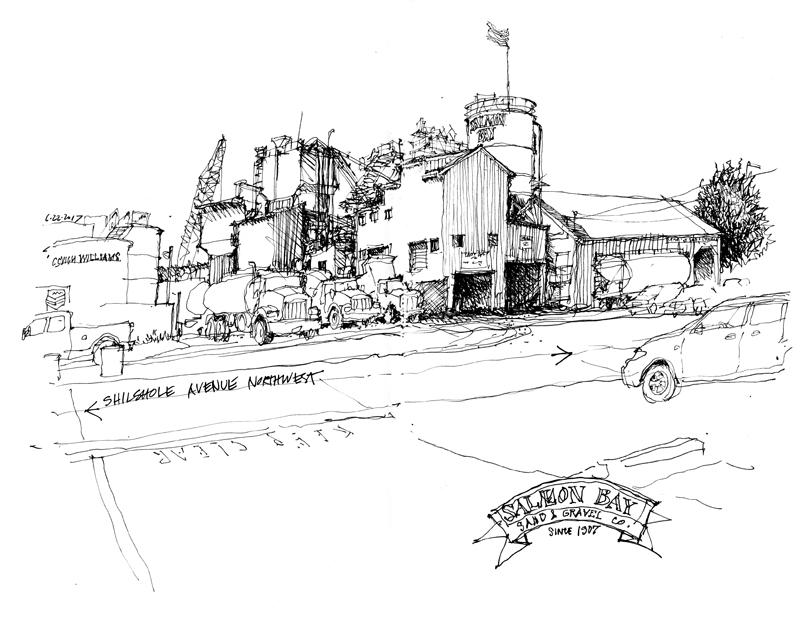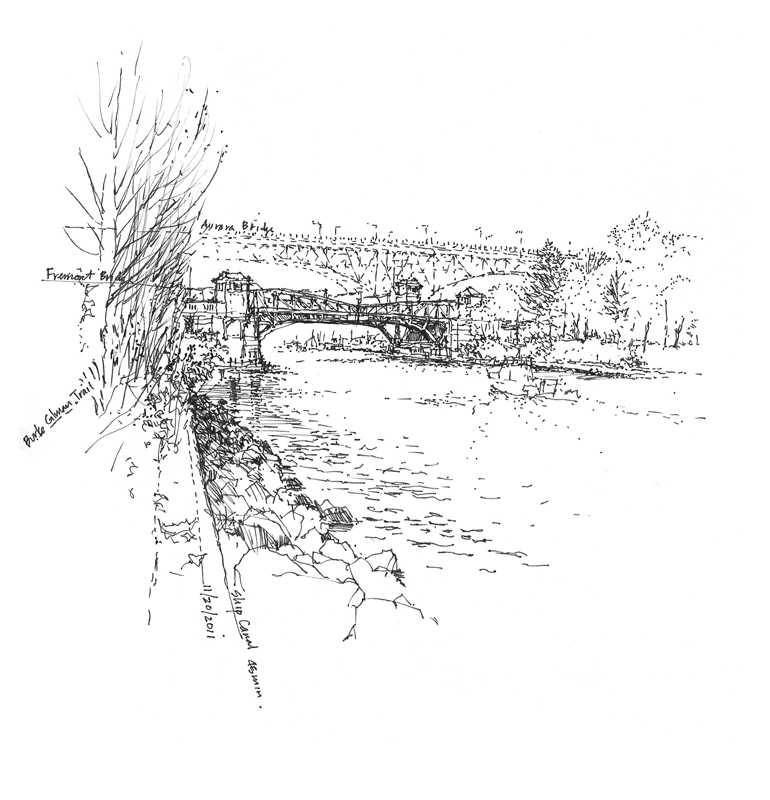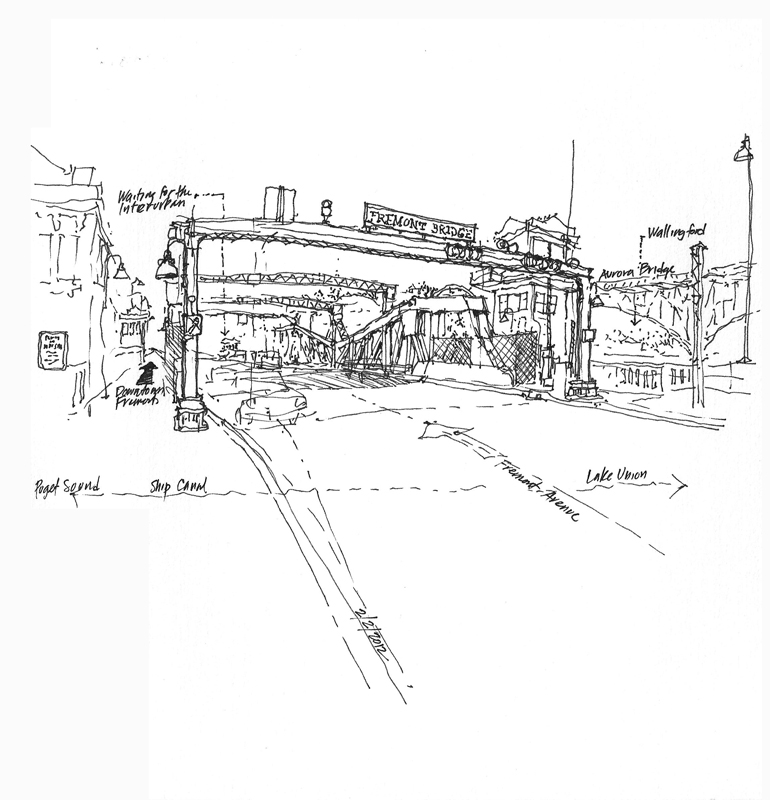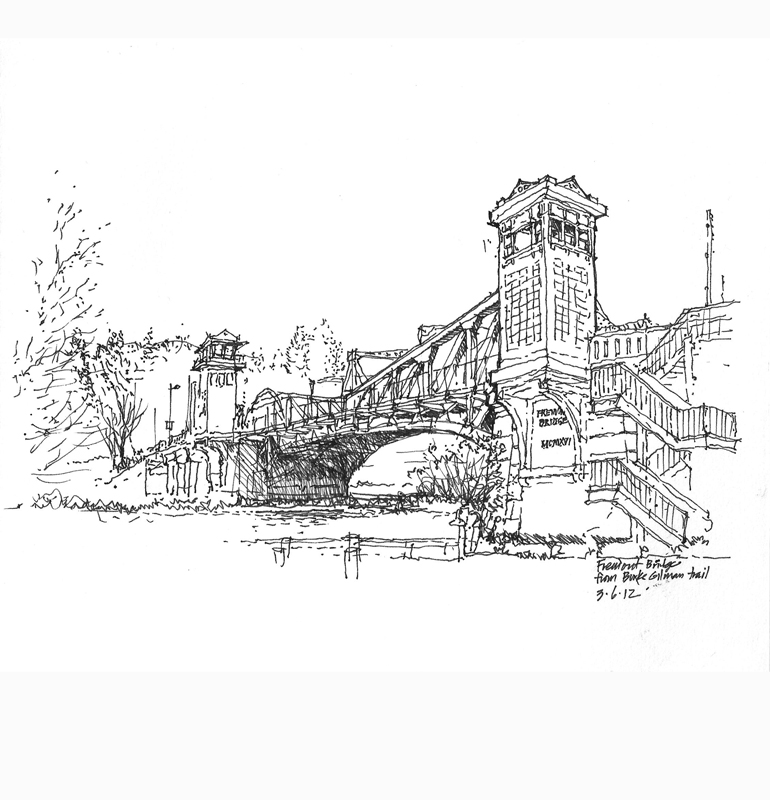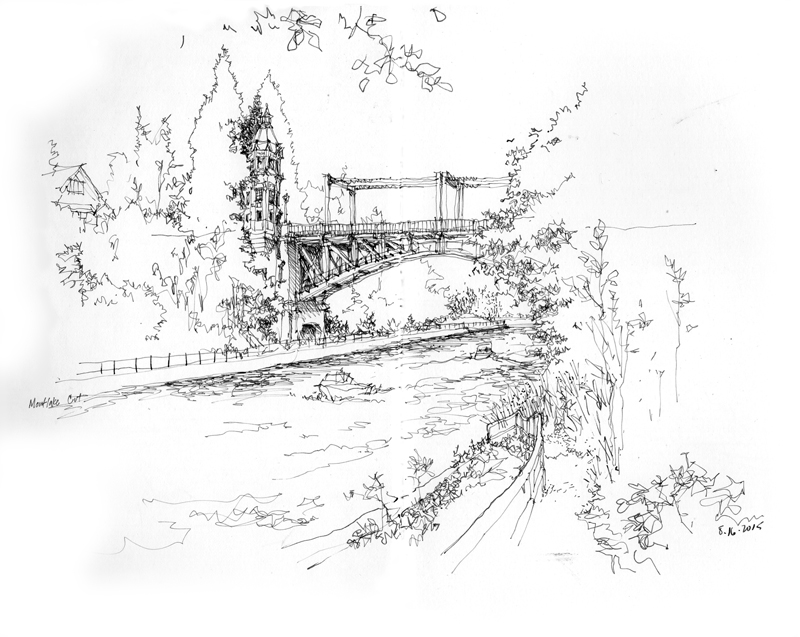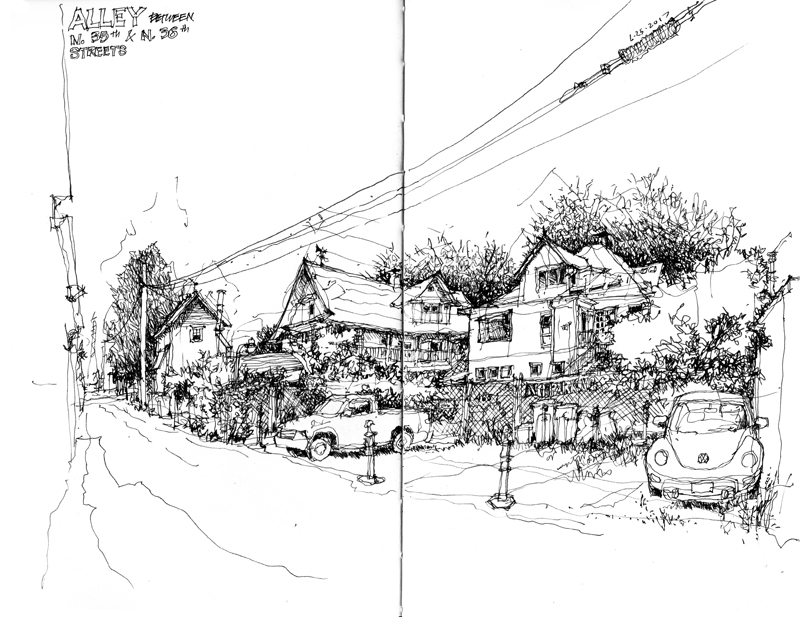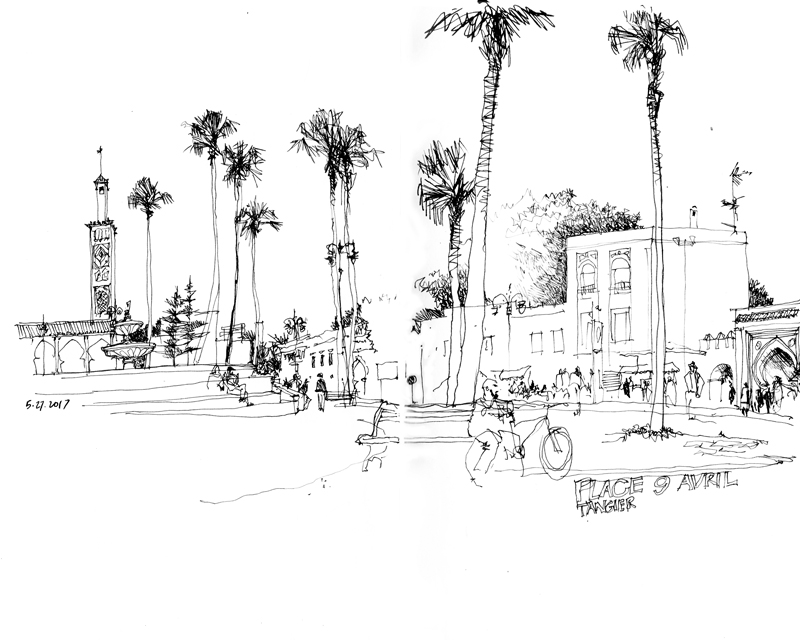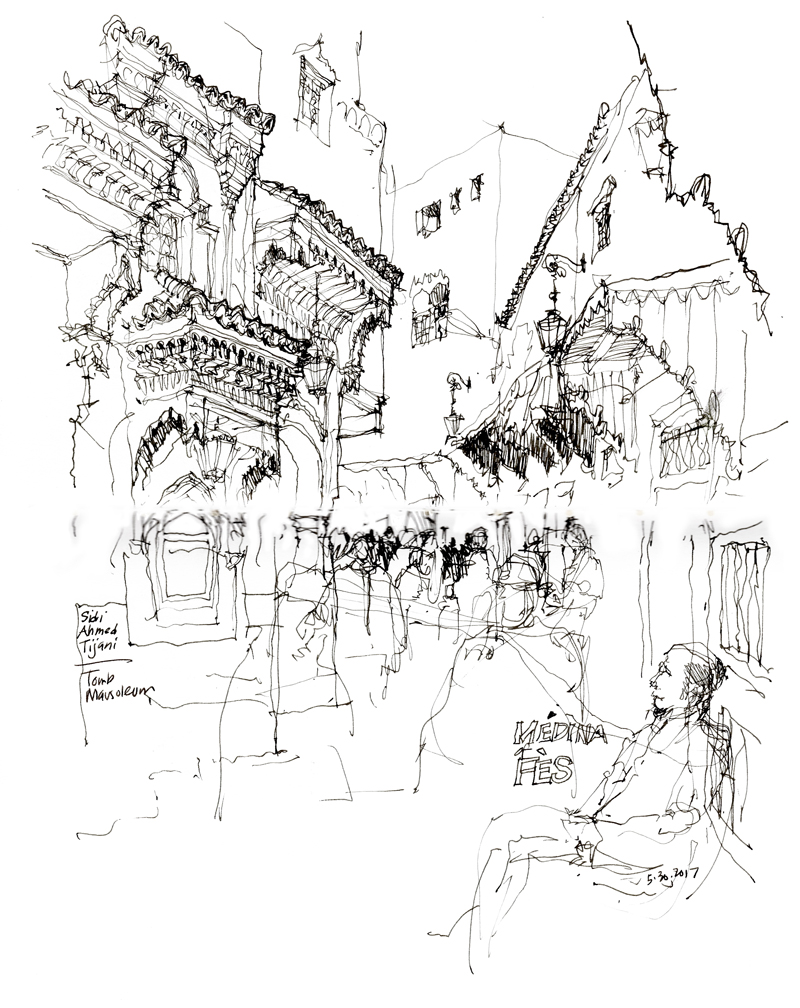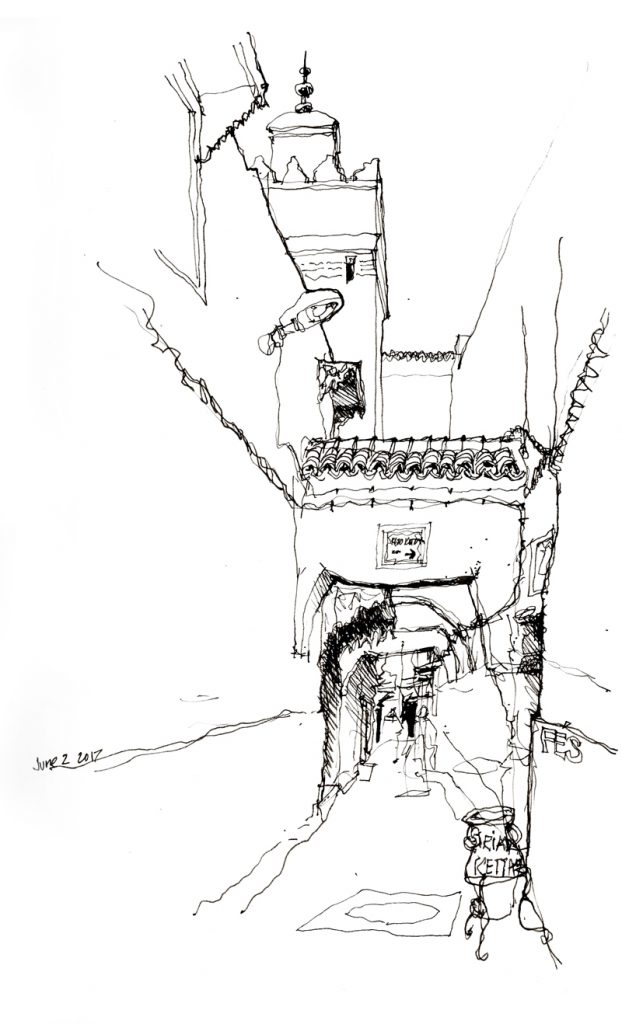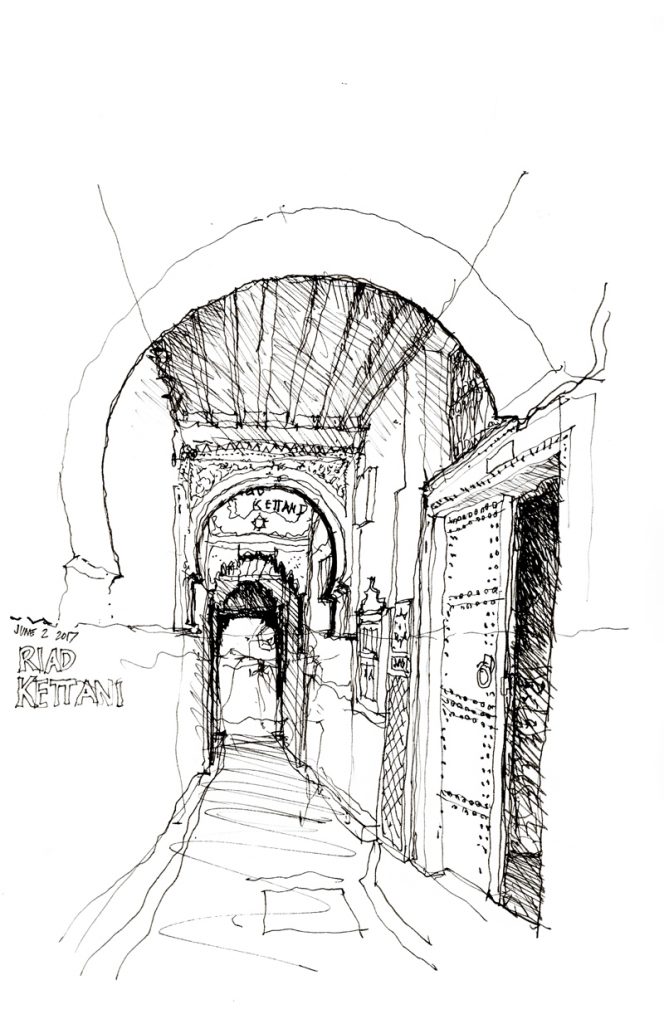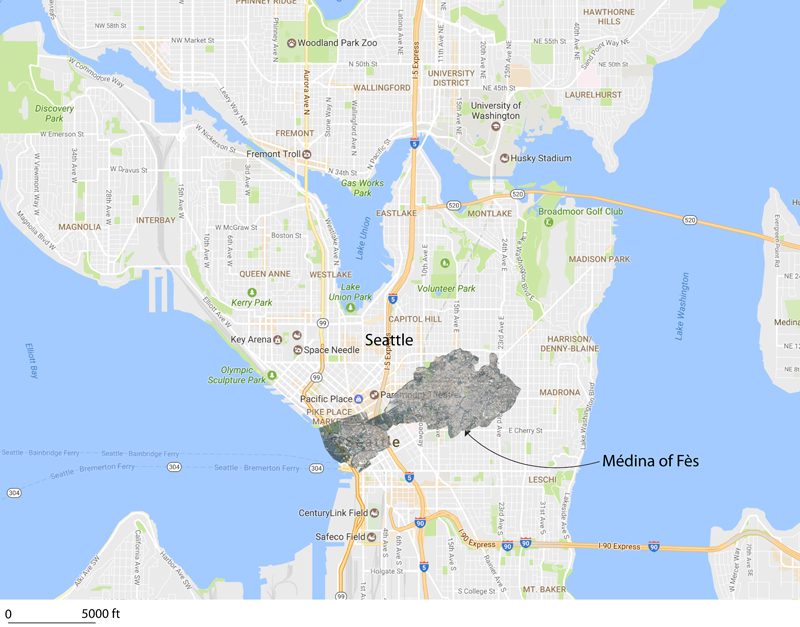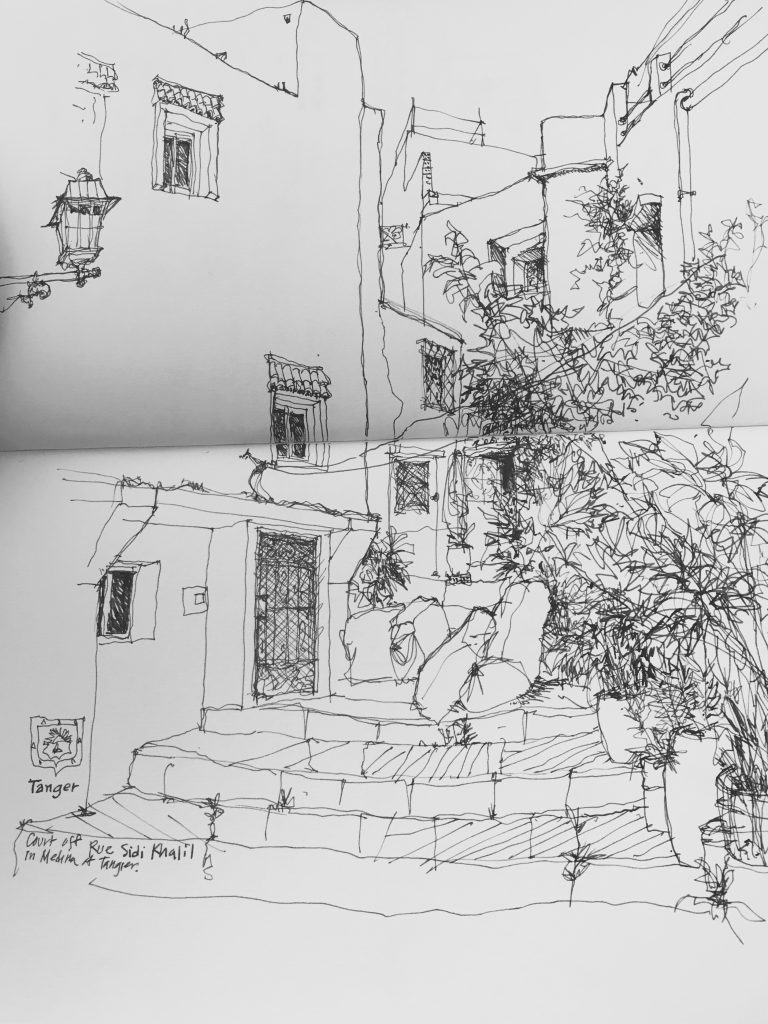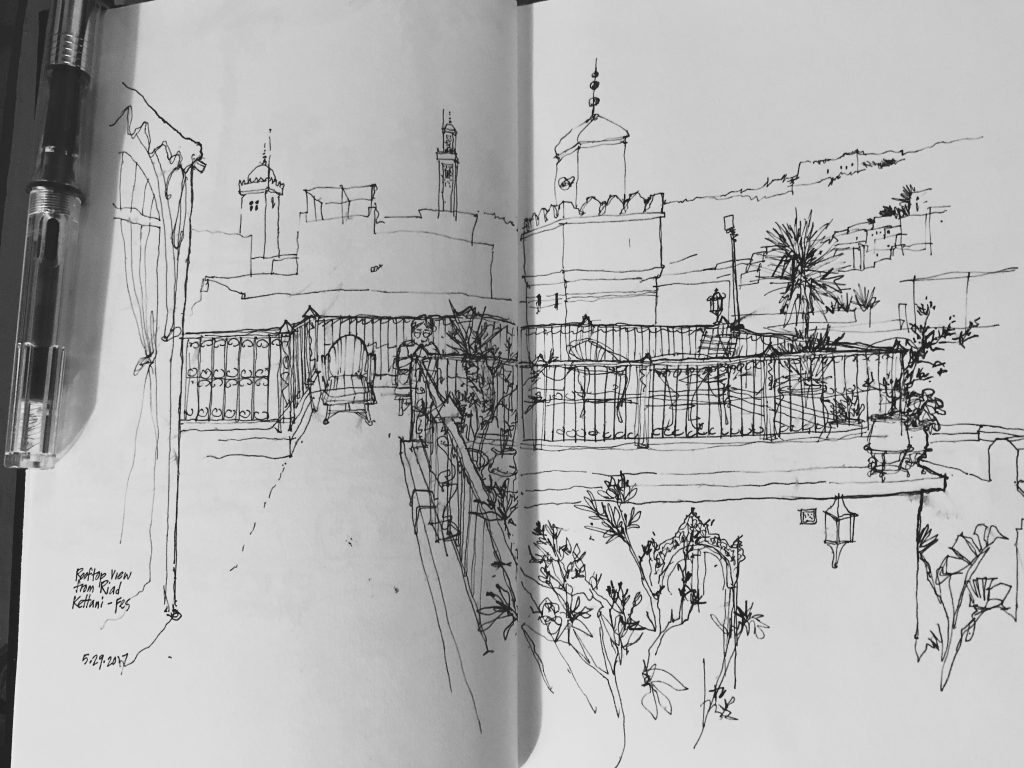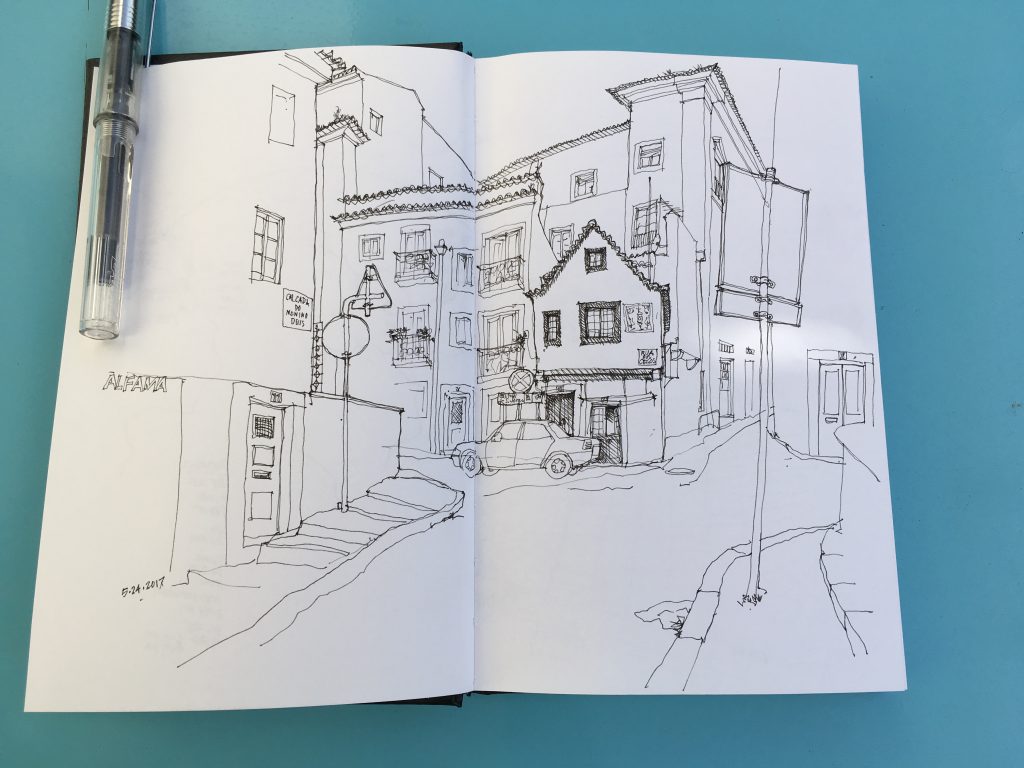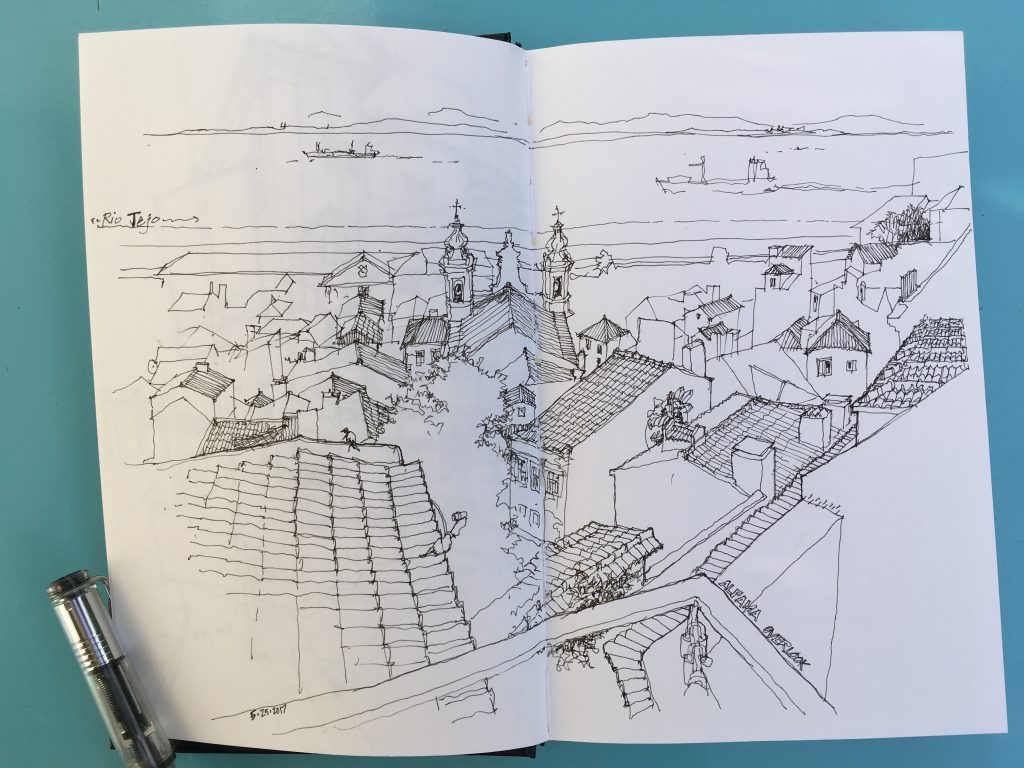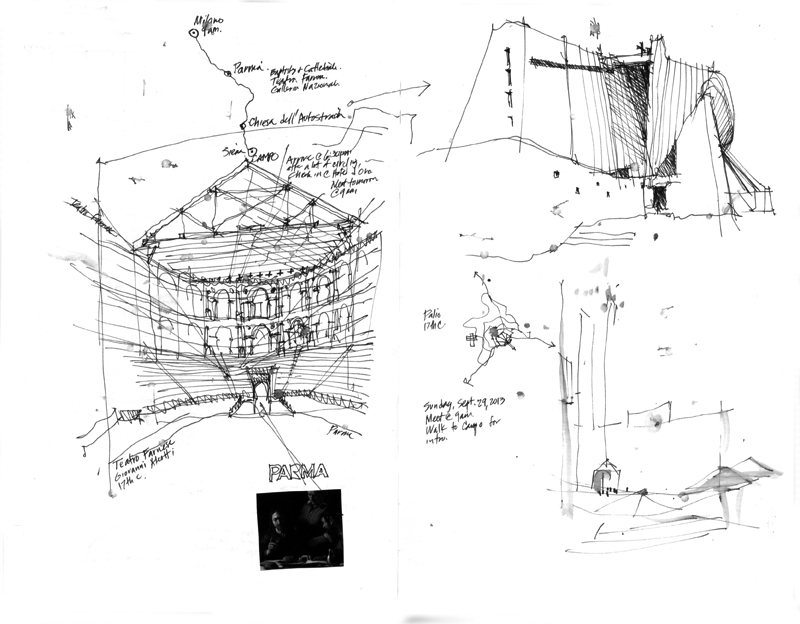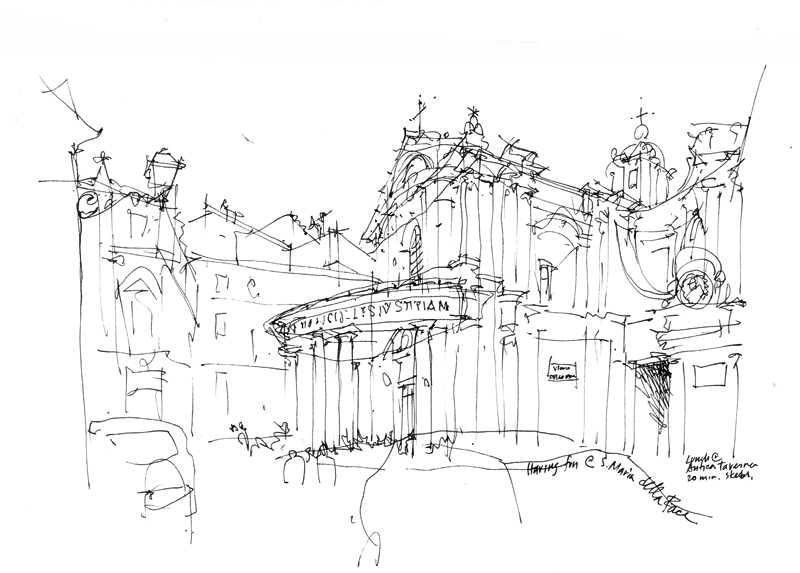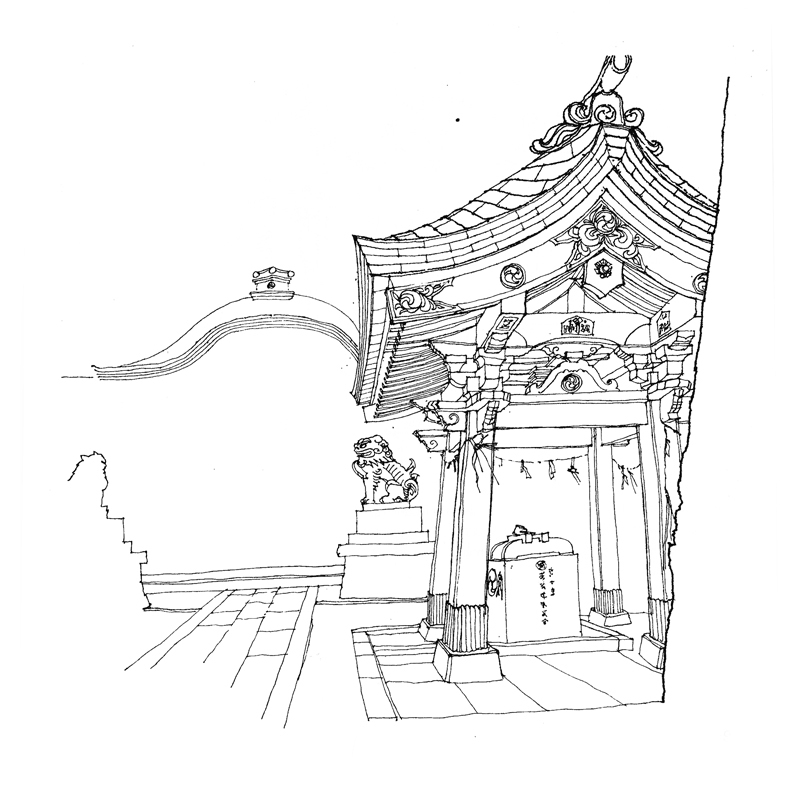A familiar sight for anyone driving along Shilshole Avenue Northwest on the way to Golden Gardens Park is this Salmon Bay Sand & Gravel Company complex. The company is a supplier of sand, gravel, and ready-mixed concrete, as well as tools for the concrete, plaster, stucco, and masonry trades.
Samuel Nerdrum founded the company in 1907 on the shores of Salmon Bay, prior to Seattle annexing the then City of Ballard and ten years before the construction of the Ship Canal and the Ballard Locks. One of the company’s first jobs was to offload barges of sand and gravel that entered Salmon Bay at high tide and transfer the material to horse-drawn wagons, which then carried the materials to the Alaska Yukon Exposition site, where the University of Washington campus is now located.

